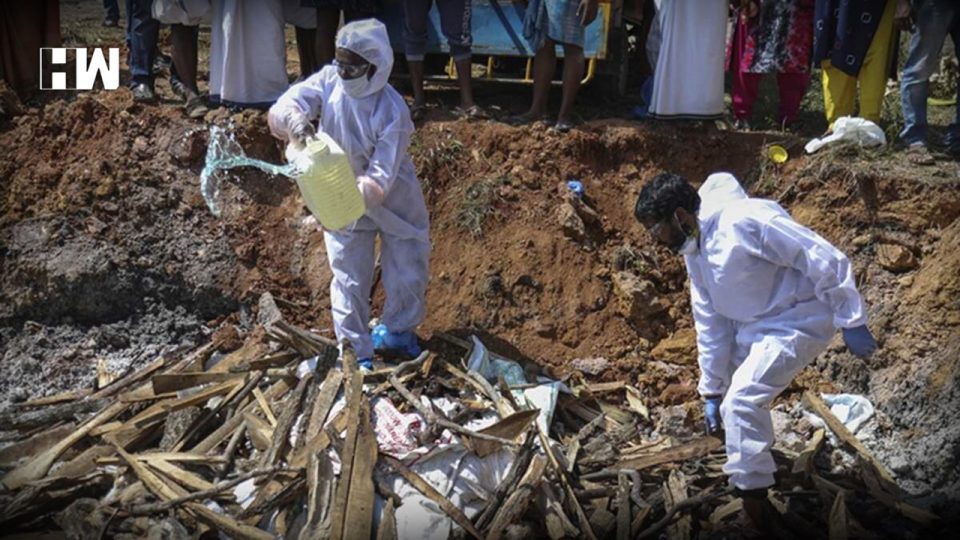Mostly reported in birds, bird flu or avian influenza is the name used to describe a viral infection that has the potential to affect humans and other animals.
After 9 states including Kerala, Rajasthan, Madhya Pradesh, Haryana, and Himachal Pradesh, and Maharashtra confirmed infection of Bird Flu (Avian influenza), a high alert has been issued by the centre. Several states have been scrambling to get samples tested after reporting deaths of birds, including crows and migratory species.
Amid the economic hit due to coronavirus, there’s anxiety and fear of a fresh blow to the poultry industry after reports started coming in of people giving up chicken and eggs, and of prices falling.
How does it happen?
Mostly reported in birds, bird flu or avian influenza is the name used to describe a viral infection that has the potential to affect humans and other animals. H5N1 is the most common strain of the virus that causes severe respiratory disease in birds, while various other strains like H7, H8 too, cause infection.
First reported in geese in China in 1996, the virus since then has seen several outbreaks periodically across the world. In 2006, India reported the presence of the virus in Nandurbar, Maharashtra for the first time, which led to large-scale culling of poultry birds.
Currently, samples from Himachal Pradesh have shown the presence of A (H5N1), while samples from Rajasthan, Madhya Pradesh, and Kerala have tested positive for the A (H5N8) strain of the virus.
Risk of human transmission
Jumping the species, the H5N1 virus can infect humans from the infected bird. In the first-ever case of human transmission of the virus, a poultry farm worker in Hong Kong caught H5N1 infection in 1997.
The main cause of concern about the spread of bird flu is the high mortality rate in humans, which is almost 60%. Human-to-human infection, in its present form, is not yet known. However, human infections have been reported only among people who have handled infected birds or carcasses.
History in India
India, between 2006 and December 31, 2018, reported 225 epicentres of bird flu infection. This outbreak led to the culling of 83.49 lakh birds, with farmers being paid Rs 26.37 crore in compensation. Though Maharashtra was the first state to report the infection back then, it has not seen an outbreak of the virus since 2006. The states that have reported repeated outbreaks of the infection in both domesticated and wild birds are Odisha, Tripura, and West Bengal.
As an independent media platform, we do not take advertisements from governments and corporate houses. It is you, our readers, who have supported us on our journey to do honest and unbiased journalism. Please contribute, so that we can continue to do the same in future.

